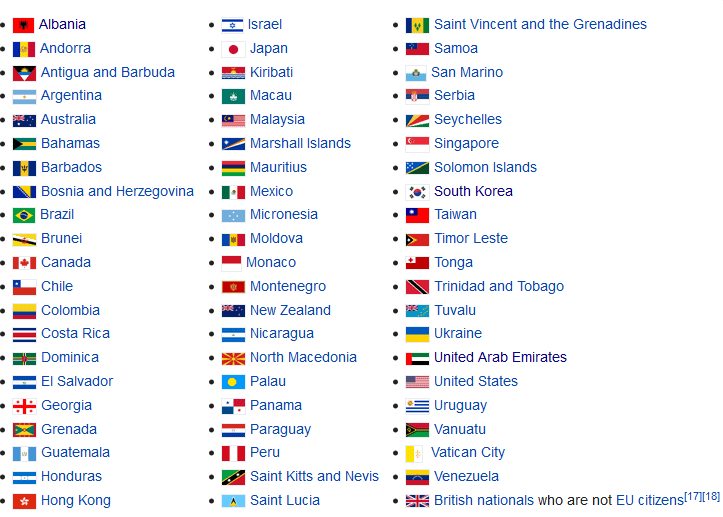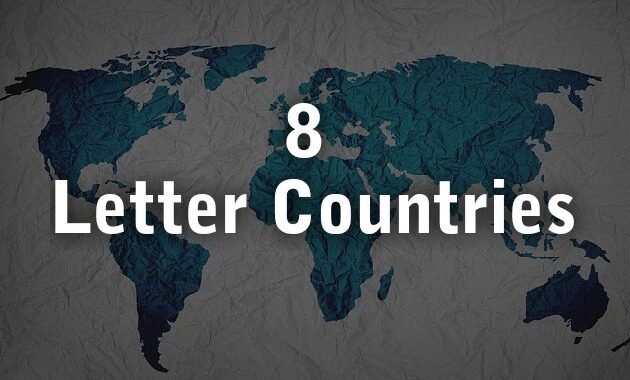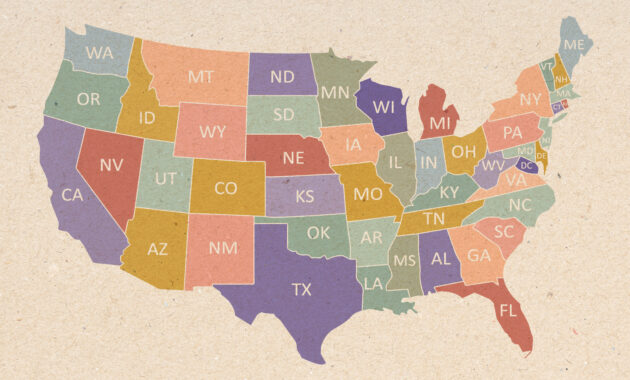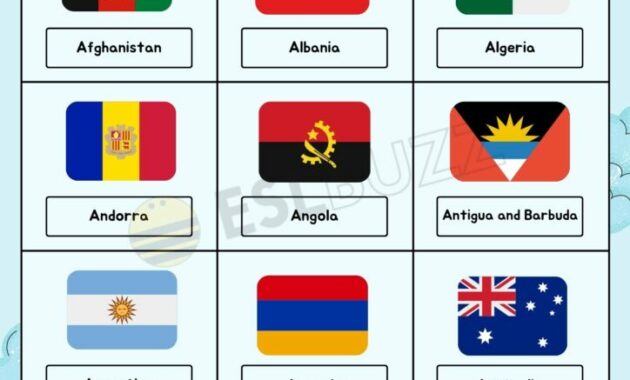Navigating international travel often involves understanding visa requirements, particularly for popular destinations like the Schengen Area. Understanding these requirements is crucial for both business and leisure travelers to ensure smooth and hassle-free journeys. Let’s explore some visual resources that help illustrate the scope of the Schengen Area and other visa-related information.
Schengen Visa Countries
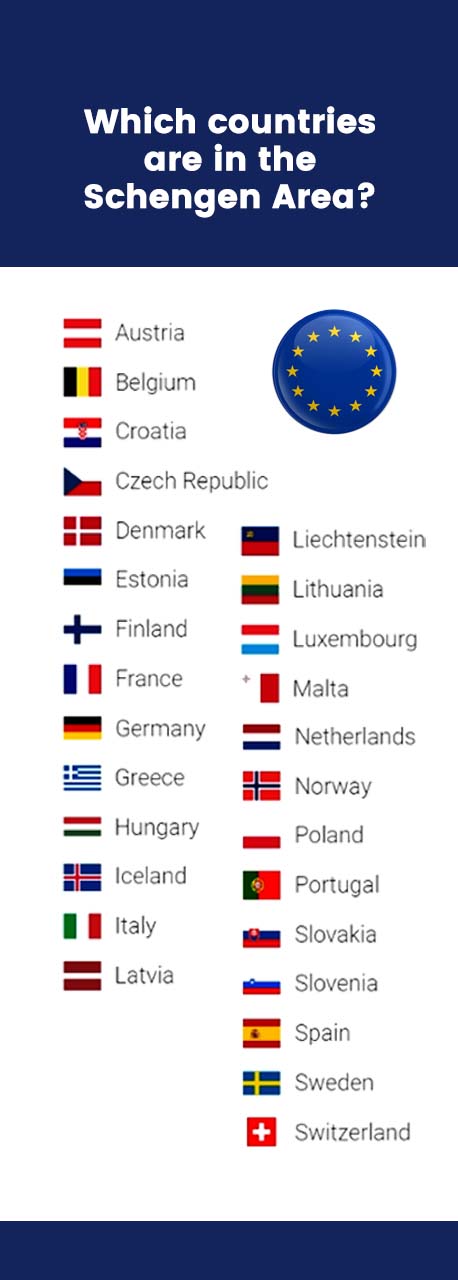
The Schengen Area is a zone encompassing 27 European countries that have officially abolished passport and any other type of border control at their mutual borders. Functioning largely as a single country for international travel purposes, it allows visa-free movement within its boundaries for those holding a Schengen visa. This makes it a particularly attractive destination for tourists and business travelers alike. The original goal when the Schengen Area was conceived was to abolish border controls and create one single area from a security perspective. Today, the Schengen Area has a total area of 4,312,099 square kilometers with a population of almost 420 million people.
The countries within the Schengen Area include Austria, Belgium, Croatia, Czech Republic, Denmark, Estonia, Finland, France, Germany, Greece, Hungary, Iceland, Italy, Latvia, Liechtenstein, Lithuania, Luxembourg, Malta, Netherlands, Norway, Poland, Portugal, Slovakia, Slovenia, Spain, Sweden, and Switzerland. While most of these are members of the European Union (EU), the Schengen Area also includes non-EU countries like Iceland, Norway, Switzerland, and Liechtenstein. Croatia is the newest country to join the Schengen Area. One should note that not all EU members are part of the Schengen Area, and vice-versa.
A Schengen visa allows a foreign national to travel freely within the Schengen Area for a maximum stay of 90 days in any 180-day period. This visa is beneficial for short-term visits, such as tourism, business trips, or visiting family and friends. However, it’s important to note that the visa does not grant the right to work or reside permanently in any of the Schengen countries. Individuals intending to work or stay for longer periods need to apply for a national visa issued by the specific country they plan to stay in.
Applying for a Schengen visa involves submitting an application to the embassy or consulate of the Schengen country that is the main destination of your trip. If you plan to visit multiple Schengen countries with equal lengths of stay, you should apply through the embassy or consulate of the first country you will enter. The application process typically requires a valid passport, a completed application form, passport-sized photographs, proof of travel itinerary (such as flight and hotel bookings), proof of sufficient financial means to cover your stay, and travel insurance with a minimum coverage of €30,000. Additional documents may be required depending on the purpose of your visit and the specific requirements of the embassy or consulate.
It is crucial to apply for the Schengen visa well in advance of your planned travel dates, as processing times can vary. Some embassies and consulates require appointments for visa applications, and these appointments can be booked weeks or even months in advance, especially during peak travel seasons. Furthermore, carefully review the requirements of the specific embassy or consulate to ensure that your application is complete and accurate. Incomplete or inaccurate applications can lead to delays or even rejection of the visa.
For those who require frequent travel to the Schengen Area, a multiple-entry Schengen visa may be an option. This type of visa allows you to enter and exit the Schengen Area multiple times within the validity period of the visa, as long as you do not exceed the 90-day limit in any 180-day period. To be eligible for a multiple-entry visa, you typically need to demonstrate a history of responsible travel to the Schengen Area or other countries, as well as a legitimate need for frequent travel. Supporting documents such as business contracts, conference invitations, or family ties may be required.
It’s also important to be aware of the rules and regulations regarding visa extensions. In general, Schengen visas cannot be extended unless there are exceptional circumstances, such as a medical emergency or unforeseen event that prevents you from leaving the Schengen Area within the validity period of your visa. In such cases, you should contact the immigration authorities of the country you are in to apply for an extension. Providing evidence of the exceptional circumstances and your inability to travel is crucial.
The Schengen Area offers numerous benefits for travelers, including the convenience of visa-free travel between member states, the elimination of border controls, and the opportunity to explore a diverse range of cultures, landscapes, and attractions. However, it’s essential to understand and comply with the visa regulations and requirements to ensure a smooth and enjoyable travel experience. Planning your trip well in advance, carefully preparing your visa application, and being aware of the rules and regulations are key to a successful visit to the Schengen Area.
World Map
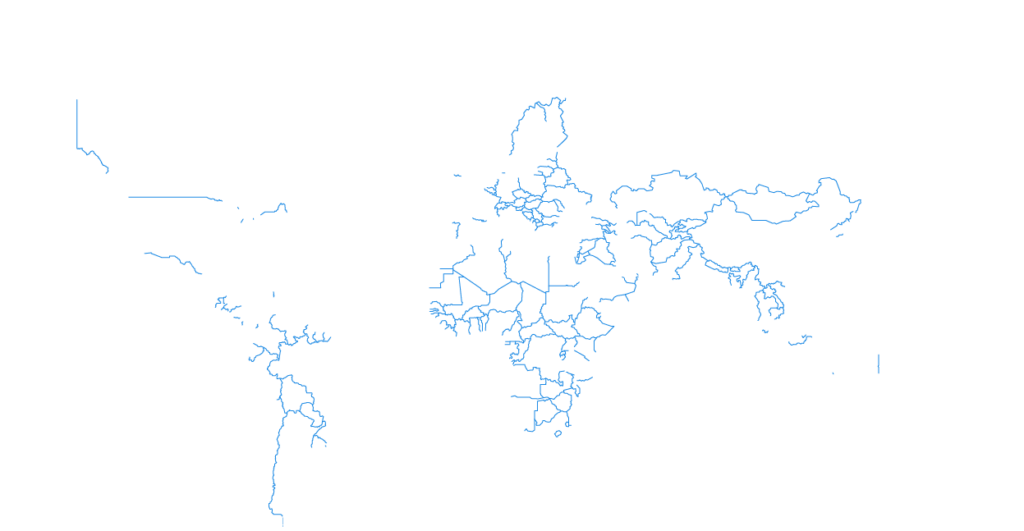
Beyond the Schengen Area, a world map highlighting visa requirements provides a broader perspective on global travel regulations. Different countries have varying visa policies based on factors such as nationality, purpose of travel, and length of stay. Some countries have visa-free agreements with many other nations, allowing citizens to travel without a visa for tourism or business purposes. Other countries require visas for most foreign nationals, necessitating a more complex application process.
For frequent international travelers, understanding the visa requirements of different destinations is crucial for efficient travel planning. Resources such as world maps and visa information websites can help travelers quickly identify the visa requirements for their planned destinations based on their nationality and purpose of travel. These resources often provide detailed information about the application process, required documents, and processing times.
The complexity of global visa regulations stems from a variety of factors, including international relations, security concerns, and economic policies. Countries often establish visa policies based on reciprocal agreements with other nations, allowing visa-free travel for citizens of countries that grant similar privileges. Security concerns can also influence visa policies, particularly in response to global events or geopolitical tensions. Economic policies may also play a role, as some countries use visa policies to attract tourists, skilled workers, or investors.
Staying informed about changes to visa regulations is essential for international travelers, as these policies can change frequently. Governments may introduce new visa requirements, modify existing policies, or suspend visa agreements in response to evolving circumstances. Travelers should consult official sources, such as embassy websites or government travel advisories, to obtain the most up-to-date information before planning their trip.
In addition to visa requirements, travelers should also be aware of other entry requirements, such as passport validity, vaccination requirements, and customs regulations. Many countries require passports to be valid for at least six months beyond the intended date of entry, while others may have specific vaccination requirements for certain diseases. Customs regulations dictate what items can be brought into a country, and travelers should be aware of restrictions on items such as food, alcohol, and tobacco.
Navigating the complexities of international travel regulations can be challenging, but with careful planning and preparation, travelers can ensure a smooth and hassle-free journey. Utilizing resources such as world maps and visa information websites, staying informed about changes to visa policies, and complying with all entry requirements are key to a successful international travel experience. By taking the time to understand and comply with these regulations, travelers can minimize the risk of delays, disruptions, or even denial of entry.
Ultimately, responsible international travel requires a proactive approach to understanding and complying with the regulations of each destination. Whether it’s a short trip to the Schengen Area or a longer journey to other parts of the world, taking the necessary steps to ensure compliance with visa and entry requirements is essential for a safe and enjoyable travel experience. Furthermore, respecting the laws and customs of the countries you visit contributes to positive international relations and fosters a more inclusive and understanding global community.
If you are searching about Schengen Checklist List Of Schengen Visa Countries – vrogue.co you’ve visit to the right place. We have 5 Pics about Schengen Checklist List Of Schengen Visa Countries – vrogue.co like Schengen visa countries – Schengen Visa Information, Schengen Visa Countries | VisaCentral and also Schengen visa countries – Schengen Visa Information. Here it is:
Schengen Checklist List Of Schengen Visa Countries – Vrogue.co

www.vrogue.co
Schengen Checklist List Of Schengen Visa Countries – vrogue.co
Schengen Visa Countries | Hot Sex Picture

www.hotzxgirl.com
Schengen Visa Countries | Hot Sex Picture
Schengen Countries List With A Common Schengen Visa Policy – SBNRI

sbnri.com
Schengen countries list with a common Schengen visa policy – SBNRI
Schengen Visa Countries | VisaCentral

visacentral.com
Schengen Visa Countries | VisaCentral
Schengen Visa Countries – Schengen Visa Information
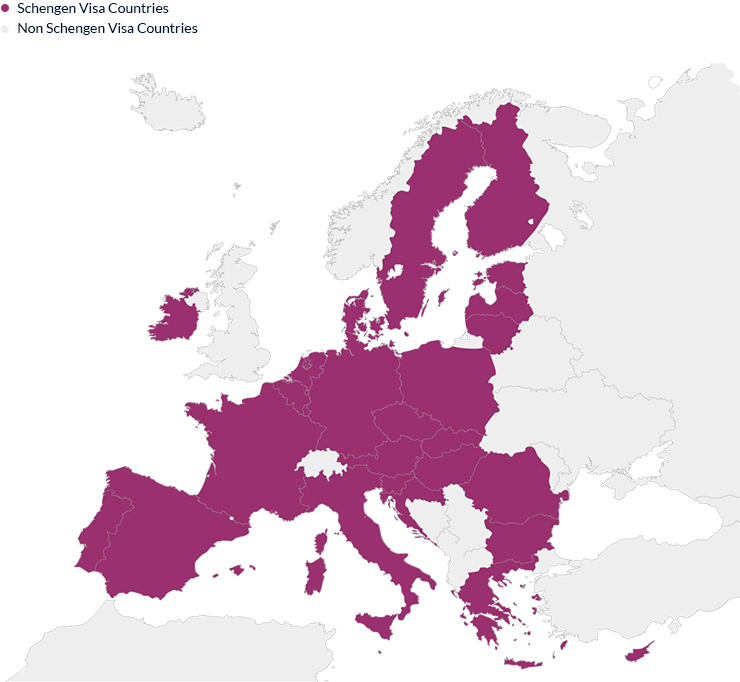
www.schengen-visa-info.eu
Schengen visa countries – Schengen Visa Information
Schengen visa countries. Schengen checklist list of schengen visa countries. Schengen visa countries

